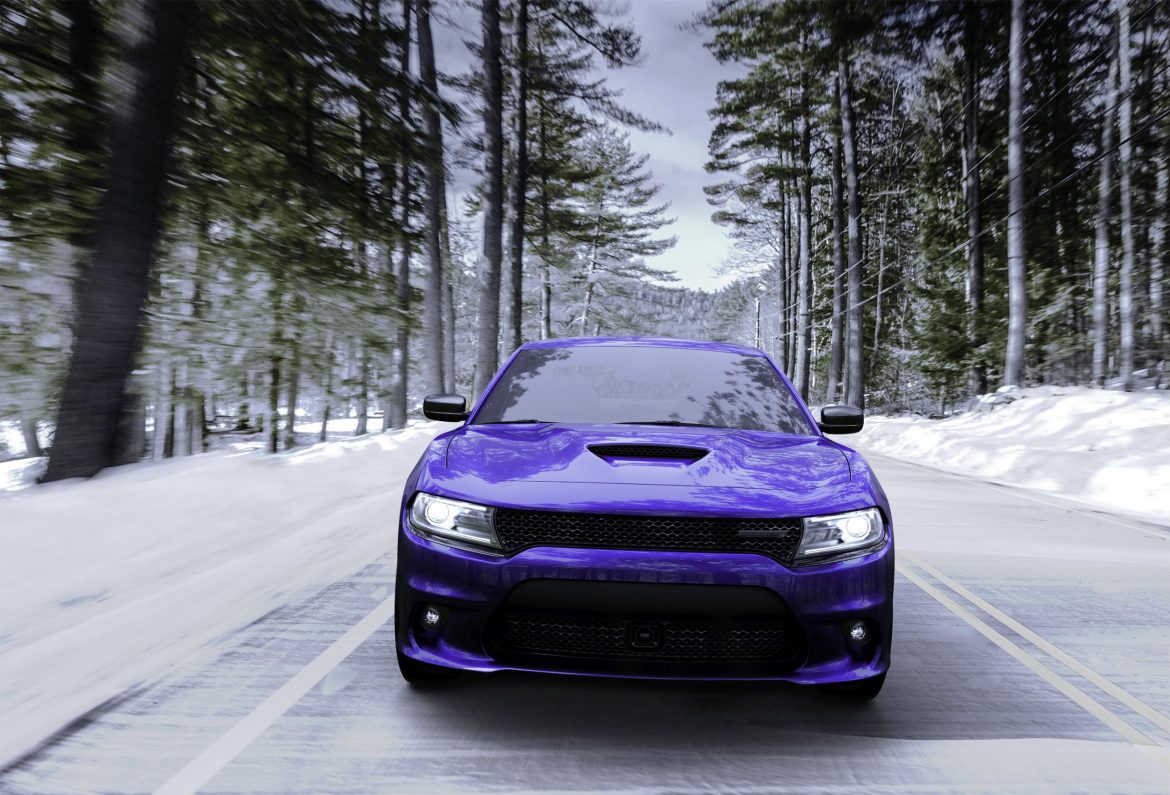Ah, winter is coming, but it’s not as dire as Ned Stark makes it out to be. Yes, the cold air is starting to wind through the houses, and yes, the snow forecasts (even now!) are looking heavy this year. People love the winter, the snow and all it brings, but as pretty and sparkly those snowflakes are, there are still risks and dangers that come with it. Whether you are looking at scary risks of the pipes exploding in the winter at home or you’re looking at driving in the snow, you need to be safe.
Expert drivers know how to handle the ice and snow that they’re driving in, and they know that there is much to be done to be safe on the road. Winter driving is not for the faint of heart, and yet not all drivers are well-versed on what to do if they are driving in wintry conditions. You might know that you have to file a car accident report if you want to sue someone for driving into you, but it’s not something you can necessarily control. You can’t control someone on the road but you can control your own driving. The most important point we could possibly make for you is that assuming that you can drive in snow is fine, it’s good to be confident in your driving abilities. However, assuming everyone else can drive in the snow? That’s just not an option. You have to be careful, and we’ve got the top tips for safe winter driving.
- Get some rest. When you are planning to get into the car and drive somewhere, especially on a long trip, you need sleep. Your wits have to be about you as much as possible when you are winter driving and whether the journey is long or short, you have to know that sleep is a great decision to make. Your body is going to need to be on high alert to drive in the snow and ice. Sleeping will help you to make better judgement decisions while you’re driving, and you will have a better reaction to the road users around you.
- Be sure you know the conditions out there. If you know the conditions on the road, you’re going to be able to get the tires chained and the salt on the driveway so you don’t end up snowing in. Travelling long distances in the winter should only be for something completely necessary. You’ll then be able to plan your trip exactly and know that you can get where you need to be in no time and as safely as possible.
- Check the weather. Local weather forecasts are so important if you want to ensure that you are going to know when any possible difficulties could occur. Check the local reports and plan your route – but don’t forget to check the reports in other nearby towns. If you’re travelling through other places, you need to know what to expect in those places, too.
- Get your car packed. You have no idea if and when you’re going to break down while you are out there on the road. Packing the car with the things that you need to back you up if it happens is a must. Driving in the winter is completely different compared to driving at other points in the year. You need to know that you are driving in other weather and in better circumstances, so a bag in the car filled with warm clothes, extra boots, salt for the road, a tire change kit, a spare phone, water and food will help if you find yourself broken down at the side of the road. You should also prepare a toolkit for the back of the car, too. This will help you to fix anything you need to fix.
- Swap your tires. As the snow and icy seasons start to come through, swap out your car tires for snow tires. The snowy season requires you to be prepared, and changing the tires is a must if you want to be safe on the road. Snow tires are the best choice so speak to your mechanic and ask them for help. Ensuring the safety of the drivers on the road is their priority and by changing your tires, you will be as protected as possible. They are more resistant to lower temperatures and they have deeper grooves, which remove snow as they go.
- Slow down. No one likes to be caught behind a slow driver, but in the snow? No one really minds. Snow looks beautiful but it’s deceptively dangerous. A car going at high speed in snow is a liability and likely to skid, slip and flip all over the road. A high speed car in snow is an accident waiting to happen. There is also an increased risk of brake failures and trying to brake hard on snow is often too difficult. It’s always advisable to slow right down. Driving slower is a must.
- Respect the signs on the road. Road signs are a law, not a suggestion. If you have to be aware of something coming, the signs will tell you what to do. Keep up with these signs so that you can stay safe on the road. Respecting the road signs is how you get from A to B in one piece.
- Anticipate others. A part of being a safe driver is knowing how other people are going to react around you. The weather may be different, but you can take the safe option and anticipate what other people are going to do around you. Take the wheel and be cautious, and watch how other people are driving while you concentrate on the road. Anticipation is everything!
- Stick to the main roads. Where possible, slip roads and shortcuts have to be avoided. If you’re on a main road, you’re going to be seen if you’re in an accident. Stick to motorways so that you can get where you need to go in one piece.
Photo Credit: Newspress


